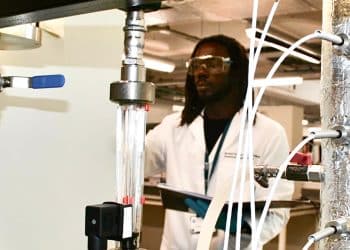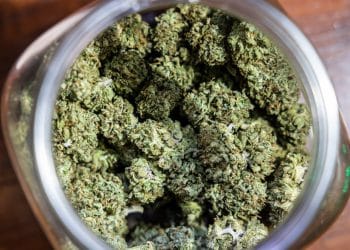Clinical Evidence Does Not Support This Claim
Plenty of evidence is out there demonstrating the therapeutic potential of cannabinoids in the management of difficult to treat pain, even to synergize with a concomitant opioid medication regime. [1] However, some evidence has now been presented as if showing that cannabis use is correlated with an increase, not decrease, in pain. [2]
A recent study examining every patient admitted to a Colorado hospital for motor vehicle collisions between January 1st and April 30th 2016 claims: “…[cannabis] users who did not use other drugs consumed significantly more opioids and reported higher pain scores than non-[cannabis] users.” [3]
However, the analysis parameters failed to adjust for age differences in the two control groups. For the group that used cannabis, the age range was 23 to 39, with a mean of 28 years. The group who did not use cannabis had a range of 26 to 65, with a mean of 46 years.The lack of adjustment to mean age can have a pronounced effect on resulting numbers and represents a major source of error and confounding bias.
Pain affects older patients differently than it does younger patients. [4] In a broad study of nearly 7,000 people, age differences in patients undergoing identical medical procedures were analyzed all other factors notwithstanding.The study showed older patients received less painkillers than younger ones, while at the same time reporting less pain. In other words, differences in mean age alone produced the same pattern as that seen in the cannabis pain study. [5] It is therefore imprudent to draw any conclusions from the cannabis study regarding the potential ability of cannabis increase pain. To the best of our knowledge, there have been no other studies exploring this effect.
A recent study, however,has demonstrated a mechanism that potentially can reasonably explain cannabis-induced hyperanalgesia (greater perception of pain). [6] In the dorsal root ganglion, where the neural cell bodies of afferent pain receptors lie, our body’s own endocannabinoids contribute to regulating the negative-feedback pain pathway. Namely, the presence of endocannabinoids near the synapse urges pain receptors to activate. The Swiss group was able to demonstrate that cannabinoids introduced during cannabis use produce the same effect as the endocannabinoids do on the peripheral nervous system, specifically causing hypersensitivity in the afferent neurons.
“Noxious stimulation releases endocannabinoids in the spinal cord that may promote, rather than inhibit, the perception of pain.” [6]
While the clinical evidence in question did not adequately support this claim, mechanisms do exist that can theoretically justify the statement that concentrates high in THC can lead to an increase in perception of pain.
References
- Russo, Ethan B. “Cannabinoids in the management of difficult to treat pain”. TherClin Risk Manag. 2008;4(1):245–259.
- Wallace, M., et al. “Dose-dependent Effects of Smoked Cannabis on Capsaicin-induced Pain and Hyperalgesia in Healthy Volunteers”. Anesthesiology. 2007, Vol.107, 785-796.
- Salottolo, K, et al. “The grass is not always greener: a multi-institutional pilot study of marijuana use and acute pain management following traumatic injury”. Patient Safety in Surgery. 2018;12:16.
- Andy D. Weyer, A.D., et al. “Nociceptor Sensitization Depends on Age and Pain Chronicity”. eNeuro. 2016;3(1):ENEURO.0115-15.2015.
- Hwang, U., et a. “Is all pain is treated equally? A multicenter evaluation of acute pain care by age”. Pain. 2014;155(12):2568–2574.
- Pernía-Andrade, A.J., et al. “Spinal Endocannabinoids and CB1 Receptors Mediate C-Fiber–Induced Heterosynaptic Pain Sensitization”. Science. 2009:760-764












